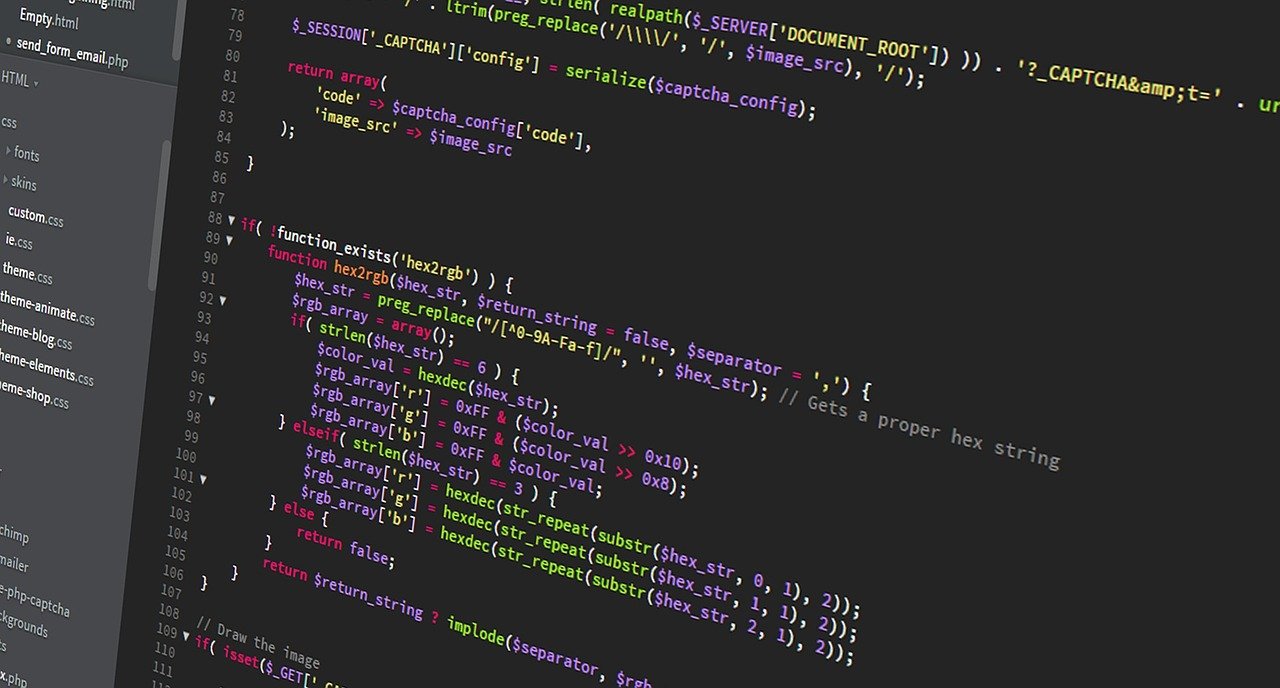Introduction
In today’s fast-paced digital world, website performance plays a crucial role in delivering a seamless user experience. Slow-loading web pages can significantly impact user engagement and ultimately lead to a decline in website traffic. One way to enhance the performance of PHP-based websites is by implementing effective caching techniques. In this article, we will explore the concept of caching and delve into various caching techniques that can optimize PHP performance. Let’s Unleash the Power of Caching Techniques. Learn PHP here.
Understanding Caching
1: What is Caching?
Caching is a process of storing frequently accessed data temporarily, allowing quicker access in the future. In the context of PHP websites, caching can dramatically reduce server processing time and database queries, resulting in faster page load times.
2: Benefits of Caching
Caching offers several advantages for PHP performance optimization:
- Faster Page Load Times: Cached data eliminates the need to regenerate content with every request, leading to faster page rendering.
- Reduced Server Load: By serving cached content, the server is relieved from processing repetitive requests, resulting in better overall server performance.
- Improved User Experience: Quicker page loads enhance user experience, reducing bounce rates and encouraging visitors to stay longer on the website.
Caching Techniques for PHP Performance Optimization
1. Opcode Caching
Opcode caching involves storing precompiled PHP bytecode in shared memory. This way, PHP doesn’t have to recompile the source code each time it is accessed, significantly reducing server processing time.
2. Memcached
Memcached is a distributed caching system that stores data in memory, reducing the need to fetch information from the database repeatedly. This technique can immensely enhance the performance of PHP applications.
3. Redis
Redis is an open-source, in-memory data structure store that can serve as both a database and a cache. It supports various data structures and is known for its blazing-fast performance.
4. Content Delivery Network (CDN)
Utilizing a CDN can distribute cached content to multiple servers worldwide, allowing users to access data from the nearest server. This reduces latency and enhances website speed, especially for geographically diverse audiences.
5. Browser Caching
Browser caching instructs users’ browsers to store certain files locally, such as images, stylesheets, and JavaScript. This way, when users revisit the website, the browser can load these files from the local cache instead of fetching them again from the server.
6. Full-page Caching
Full-page caching saves entire HTML pages as static files, bypassing PHP processing altogether for subsequent requests. This technique is particularly useful for websites with mostly static content.
7. Fragment Caching
Fragment caching involves caching specific sections of a webpage instead of the entire page. This approach is beneficial for websites with dynamic content, as it allows frequently changing parts to be updated while keeping the rest cached.
8. Database Query Caching
Caching database queries can significantly reduce the load on the database server. By storing query results in memory, PHP can retrieve the data from the cache instead of executing the query again.
9. Object Caching
Object caching stores PHP objects in memory, saving the need to regenerate them with each request. This technique is highly effective for websites that use object-oriented programming extensively.
Conclusion
Optimizing PHP performance is essential for delivering a top-notch user experience and ensuring high search engine rankings. Implementing caching techniques, such as opcode caching, Memcached, Redis, CDN, browser caching, and various other caching methods, can lead to significant improvements in website speed and overall performance. By adopting these caching techniques, web developers can achieve a balance between delivering dynamic content and achieving optimal website loading times, resulting in happier users and increased engagement.




